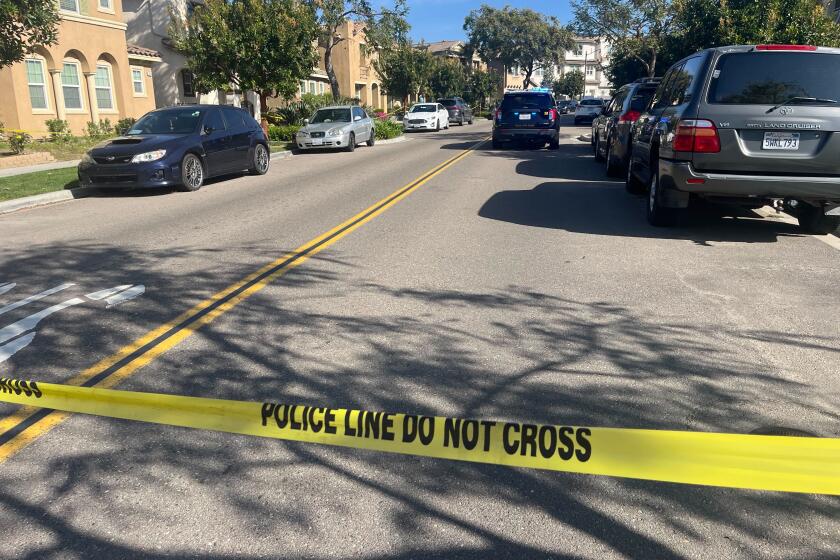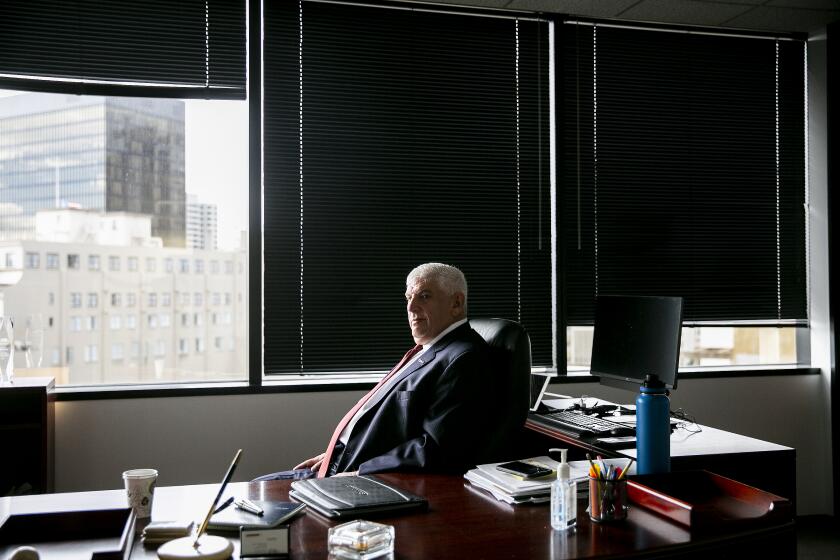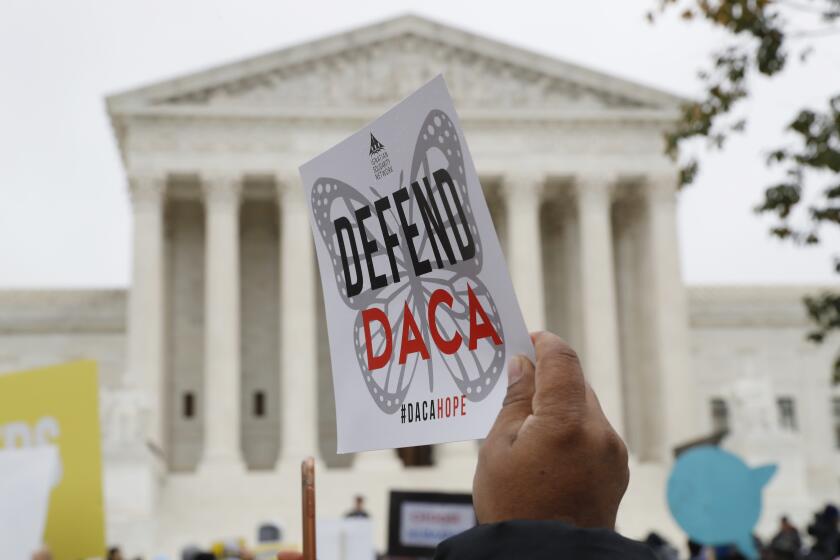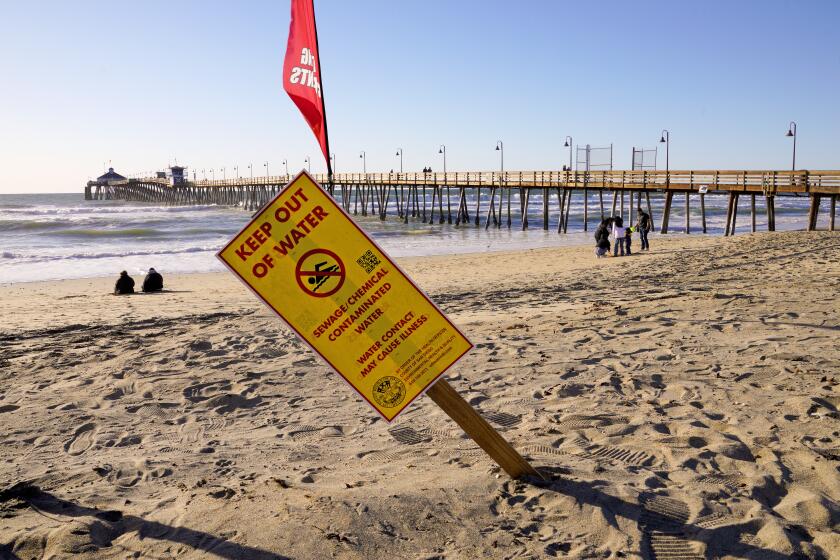CalPERS math portends grim future for government budgets
It may not get as much attention as more visceral stories, but the bleak outlook for the giant California Public Employees’ Retirement System and its 1.8 million members is troubling news. If issues go unaddressed, hundreds of government agencies — especially cities that have a higher percentage of costly public safety pensions — would be required to sharply increase their pension payments in coming years. As these costs eat up a quarter or more of annual operating budgets, this would mean fewer services, higher taxes or both.
For starters, CalPERS is coming off two very weak years on the investment front — only a 0.6 percent return on its $302 billion portfolio in 2015-16 and just 2.4 percent in 2014-15. Yes, CalPERS had strong years in 2012-13 and 2013-14. But over the past 20 years, CalPERS has fallen short of its goal of 7.5 percent annual returns by half a percentage point.
Like us on Facebook to see more editorials, essays and cartoons. >>>
What’s more, we appear to be in an era with a new normal of lower returns. Wilshire Associates, a top CalPERS consultant, predicts a 6.4 percent annual return over the next decade. To reach a 7.5 percent average annual return, some investment analysts think that investors would have to triple the riskiness of their portfolios. And even if that level of return was reached, CalPERS’ unfunded liability — now estimated at about $100 billion — would continue to grow. Stanford public policy lecturer David Crane estimates that CalPERS needs to average returns of 9.7 percent just to keep the unfunded liability from going up.
Those aren’t the only daunting numbers. In 2014, the Society of Actuaries released new estimates that forecast the average 65-year-old U.S. woman will live to 88.8 years and the average 65-year-old man will live to 86.6 years. Trends suggest human longevity is going to keep increasing. When CalPERS does its next demographic studies in late 2017 or early 2018, that is likely to push unfunded liabilities even higher. The agency’s present baseline forecasts 60-year-old women to live to 87 and 60-year-old men to live to 84.7.
In 2009, Ron Seeling, then-CalPERS chief actuary, unaware that a member of the media was present, famously declared at a conference that pension costs were “unsustainable.” Conditions are now arguably much worse even after the modest pension reforms approved by the California Legislature in 2012.
San Diego and San Diego County are not part of CalPERS. Of the two, the city has made major changes in benefits that, if upheld in court, will cushion it from these same scary dynamics on average returns and demographics.
Yet state leaders, who as recently as 2014 passed legislation to shore up the California State Teachers’ Retirement System, don’t appear to be doing anything about this looming nightmare. Worse, beyond this lethargy, there are signs that some don’t want to confront the extent of the problem.
CalPERS, for instance, continues to run a website that depicts well-grounded concerns about its fiscal health as “myths.” Among the “myths” is skepticism about a 7.5 percent annual return — skepticism voiced by CalPERS’ own consultant.
And last week, the Society of Actuaries and the American Academy of Actuaries disbanded their joint pension reform committee rather than release a report that recommended an accounting change that would sharply increase U.S. public pension plans’ unfunded liabilities and plan costs.
That is an incredible development for anyone who cares about California’s future. It’s beyond time that CalPERS’ long-term funding crisis got the attention given to CalSTRS’ similar woes because the longer leaders delay, the worse the problem will get.
Get Essential San Diego, weekday mornings
Get top headlines from the Union-Tribune in your inbox weekday mornings, including top news, local, sports, business, entertainment and opinion.
You may occasionally receive promotional content from the San Diego Union-Tribune.










